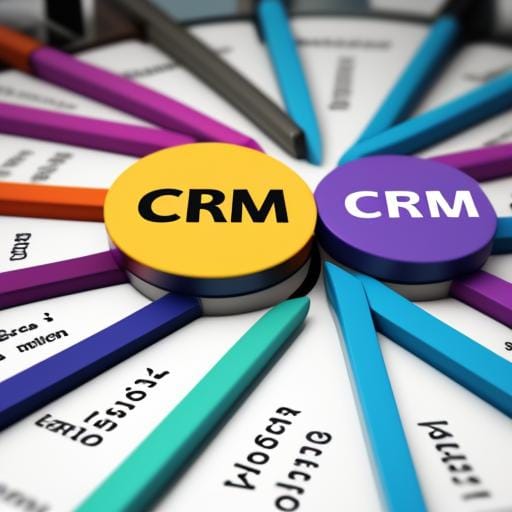Ad-tech and Mar-tech are both portmanteaus for “advertising technology” and “marketing technology,” respectively. Ad-tech uses paid media to target audiences who haven’t interacted with a brand before. Mar-tech depends on unpaid media, such as social media posts, to reach audiences who are already familiar with the brand.
Ad-tech focuses on the delivery of creative and communication of actual ads (programmatic or otherwise), while Mar-tech is more holistically about loyalty and one-to-one customer relationships. Ad-tech refers to tools used for paid digital advertising, while Mar-tech refers broadly to software, systems, platforms, and tools used by businesses to market their products and services.
In general, when paid media is involved, Ad-tech will be as well. Mar-tech is typically deployed with unpaid media, such as in social media or email campaigns.

Ad-tech includes all software and technology used by marketers to advertise digitally. Here are some examples of Ad-tech:
- Celtra: With Celtra, marketing teams can design, approve, and deliver digital assets for their mobile advertising campaigns.
- AdRoll: AdRoll is an online advertising technology that helps businesses advertise online, regardless of device type.
- Viewability measurement: Adtech software is designed to help companies and agencies create, run, measure, and manage digital advertising campaigns. It also lets publishers (websites and apps) sell their available ad space to the largest number of advertisers possible.

Marketing technology (Mar-tech) refers to all digital tools and software that help marketers reach their target audience and improve their marketing efforts. Here are some examples of Mar-tech:
- Email marketing software, such as GetResponse.
- Marketing automation software, such as Marketo.
- Search Engine Optimization (SEO) software, such as Semrush.
- Customer Relationship Management (CRM), such as Salesforce.
- Social media management software, such as Hootsuite.
- Conversational relationship software, such as Intercom.





